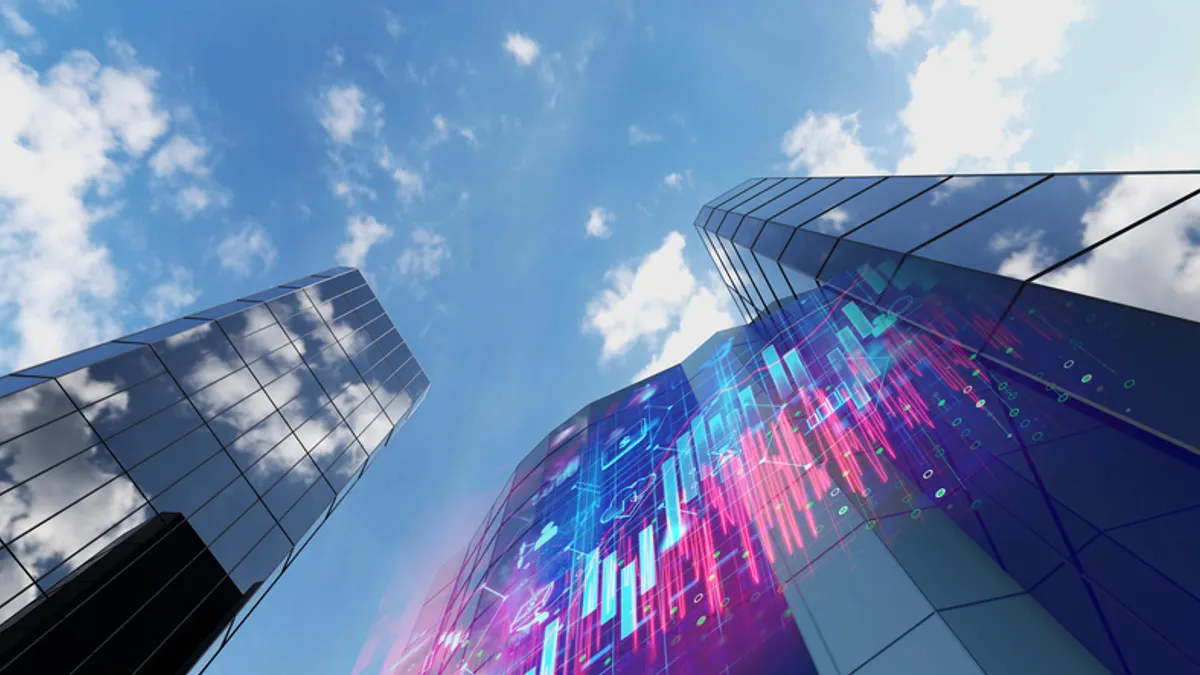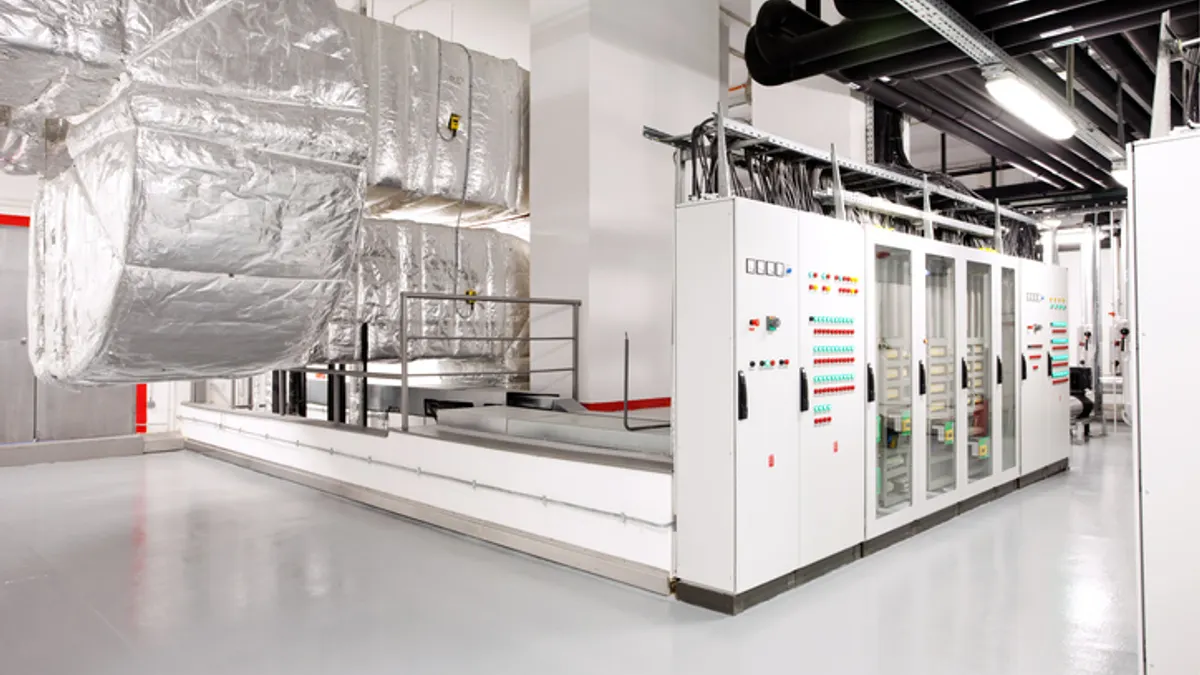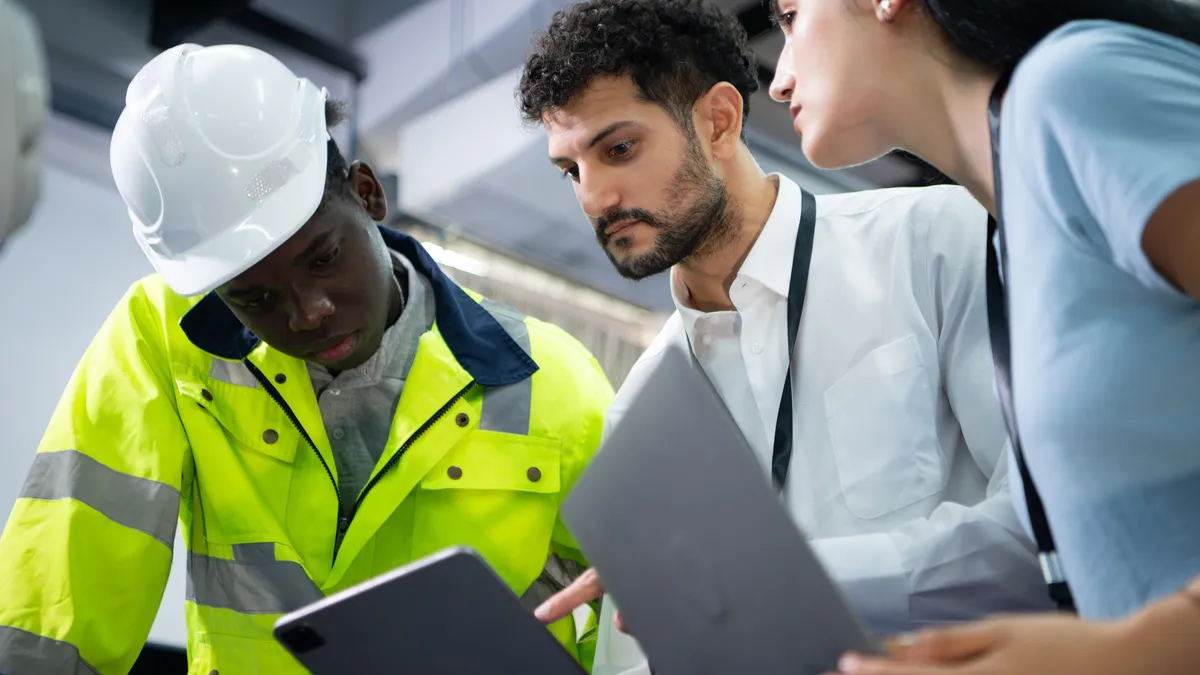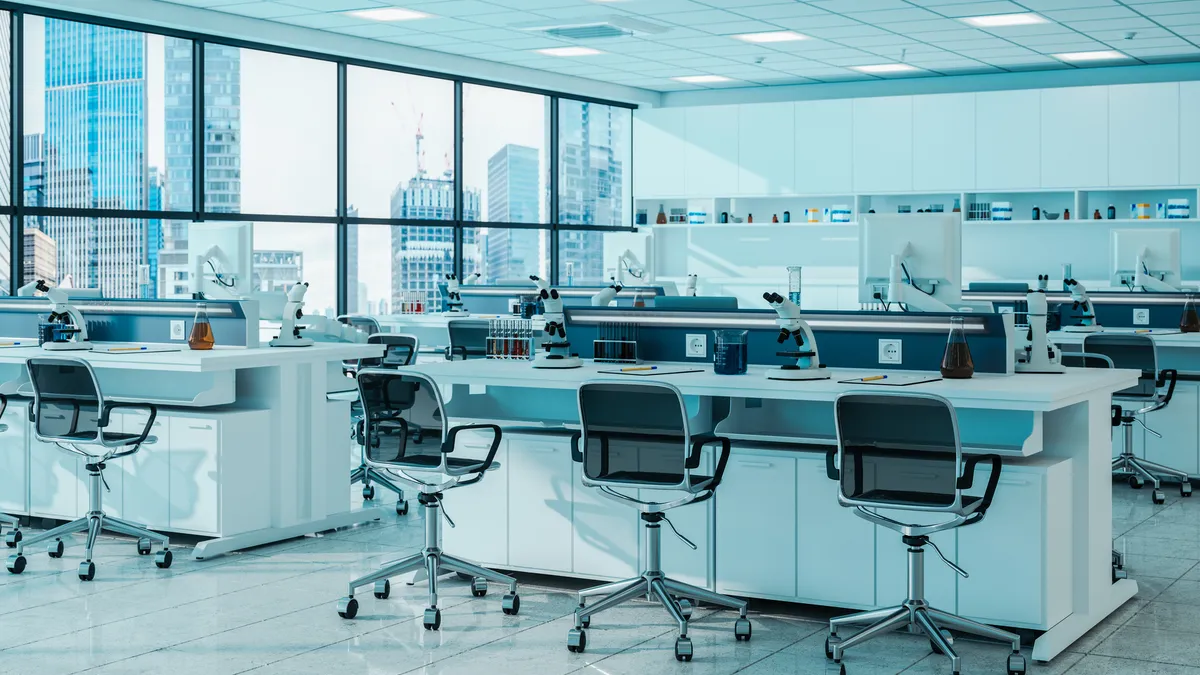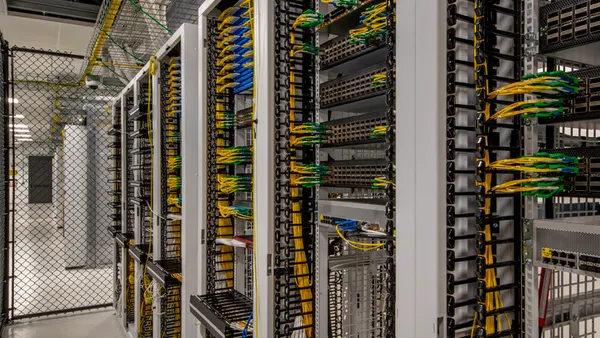Bob Cicero is future-proofed workplace leader at Cisco.
The workplace is undergoing a transformation, shaped by a convergence of digital technologies, evolving employee expectations and increasing demands for flexible, adaptive work environments.
For organizations, this transformation is underscored by a need to reevaluate the role of physical office space, seeking innovative ways to optimize real estate, enhance productivity and foster employee well-being.
Optimizing how people interact with space has always been a balancing act. While real estate and facilities teams have historically relied on data from building management systems or physical access controls to inform decisions, more precise insights are available at our fingertips today.
At the core of this transformation is the recognition that a modern workplace is no longer just a collection of desks and meeting rooms. Instead, it’s a dynamic ecosystem where data, technology and space intersect to create experiences that are efficient and human-centric.
Network intelligence
One of the most significant changes in workplace design and operation is the expanded role of a secure network infrastructure. Once regarded simply as a means of connectivity, networks now serve as the digital backbone for smart buildings and next-generation offices.

Advanced wireless deployments, pervasive sensor integration and unified management platforms make it possible to collect and analyze data from thousands of endpoints, ranging from occupancy sensors and environmental monitors to collaboration devices and asset trackers.
This flow of data enables organizations to move beyond static, one-size-fits-all space planning. Instead, they can monitor in real time how spaces are being used, adjust layouts and amenities based on these insights and optimize for energy efficiency and sustainability.
Real estate strategy
Organizations are increasingly treating data as a strategic asset in managing their real estate portfolios. Accurate and detailed insights into occupancy rates, meeting room use and use patterns enable data-driven decisions about space allocation and design. For example, if data indicates that large conference rooms are rarely filled to capacity, a real estate team might choose to repurpose those spaces for more popular functions such as focus areas or ad-hoc meeting zones.
In the most advanced workplaces, data-generating sensors are now as essential as desks and chairs. This foundational shift has the power to transform every physical space into a source of real-time insights, enabling continuous improvement in comfort, efficiency and sustainability.
This approach not only helps reduce operational costs and align space with demand, but it also supports broader business objectives, including sustainability. Real-time data on occupancy and environmental factors can drive the concept of dynamic adjustments — the ability to adjust lighting, HVAC, and cleaning schedules based on pre-determined algorithms — lowering energy consumption and supporting wellness initiatives.
Building infrastructure
AI is rapidly amplifying both access to and the value of workplace data. AI-powered platforms can process vast streams of sensor and usage data, identifying patterns and automating responses that would be impossible to manage manually. This paves the way for agentic workplaces, where autonomous digital agents can act on behalf of spaces, devices and users.
For example, meeting rooms equipped with digital agents can identify and resolve technical issues, reroute users and optimize bookings in real time. Building services such as cleaning or maintenance can be scheduled based on usage rather than fixed routines. In the design and construction phase, AI tools accelerate tasks like spatial planning and visualization, enabling rapid iteration and stakeholder engagement.
As digital and physical workspaces become more interwoven, the workplace is evolving into an environment where people and digital agents collaborate seamlessly.
IT/OT convergence
A defining feature of the modern workplace is its capacity for continuous optimization. Rather than following a traditional approach of static design and periodic renovation, organizations are embracing a dynamic model where data-driven feedback loops inform ongoing improvements. IT and real estate teams can now collaborate more closely, using shared data to make decisions that benefit employees, reduce costs and advance organizational goals.
This shift also empowers technology teams to demonstrate new sources of value. By leveraging the infrastructure already in place, IT can help unlock insights that have a direct impact on real estate, facilities management and employee experience.
Future workplaces
The evolution of the workplace is far from complete. As AI, IoT, and automation mature, the boundaries between digital and physical environments will blur further. The next wave might include autonomous digital workers, robotic process automation and even the integration of physical robots for tasks ranging from security to facilities maintenance.
Ultimately, workplaces will be defined not by square footage or technology brands, but by their capacity to adapt, learn and empower everyone — whether people or machines — to do their best work.

